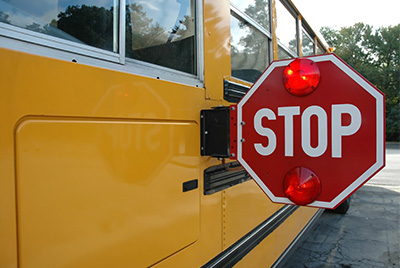Vehicle Evacuation Drills
Consider these strategies as you prepare for vehicle evacuation drills.
 When it comes to transportation safety for Head Start programs, good planning and adherence to the safety plan are essential. Use these resources to improve safety practices, including emergency vehicle evacuation procedures.
When it comes to transportation safety for Head Start programs, good planning and adherence to the safety plan are essential. Use these resources to improve safety practices, including emergency vehicle evacuation procedures.
Consider these strategies as you prepare for vehicle evacuation drills.
Watch this webinar to learn about the importance of transportation safety for children in Head Start programs.
Programs must collaborate with parents to promote children’s health and well-being by providing medical, oral, nutrition and mental health education support services that are understandable to everyone.
Programs must ensure children who receive transportation services are taught safe riding practices, including procedures for boarding and leaving the vehicle, recognizing danger zones, and emergency evacuation.
This standard requires programs to consider the safety of the children it transports when planning fixed routes.
Read vehicle operation requirements related to safety, driver qualifications and application reviews, and training for drivers and bus monitors.
This standard outlines the required use or provision of school buses or allowable alternate vehicles, emergency equipment, child restraint systems, and vehicle maintenance and inspection.
Head Start programs that provide transportation services must ensure its buses or allowable alternate vehicles are adapted or designed for children with disabilities, as necessary.
It is never safe for a child to be in or around a vehicle without adult supervision. During the warmer months of the year, unattended children left in cars are more likely to suffer heat-related illnesses. Children also may suffer injury when playing alone around parked vehicles. Program staff and parents can use this resource to learn more about car safety practices that keep young children healthy.
Families depend on programs to keep their children safe at all times. This includes when they travel to and from the program by bus. This sample sign-in sheet has a written attendance log that staff and family members can sign every time a child gets on and off the bus. There is also a space on the sheet for a photo of each child. The photos help staff with name-to-face recognition, so they always release the right child to an authorized adult. These simple injury prevention strategies can help staff account for all children who ride the bus.